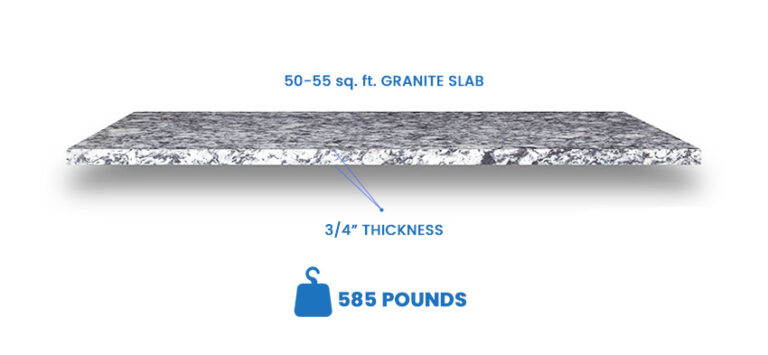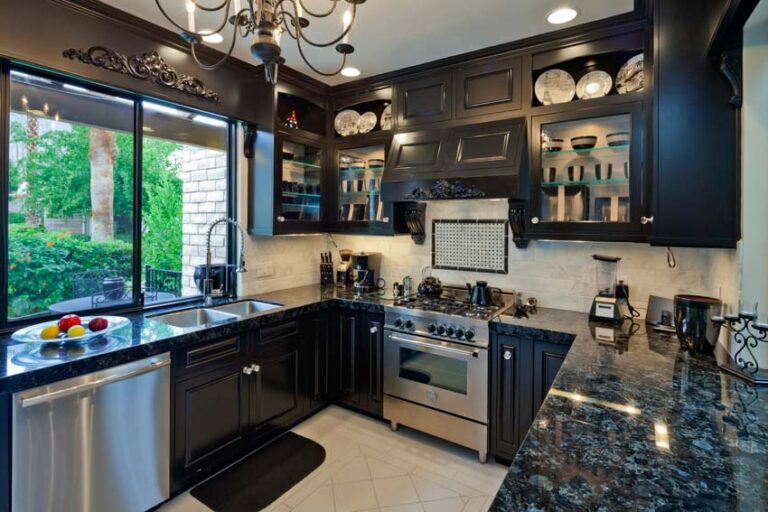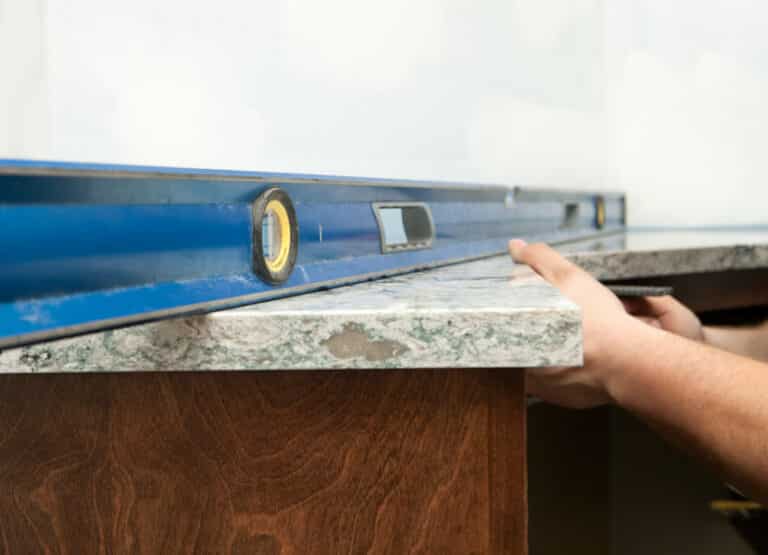Cast Iron Sinks Pros and Cons
One of the most popular kitchen sink choices nowadays is cast iron. Cast iron sinks are a favorite choice since they’re highly robust, long-lasting, and gorgeous. They also come in various designs, colors, and prices.
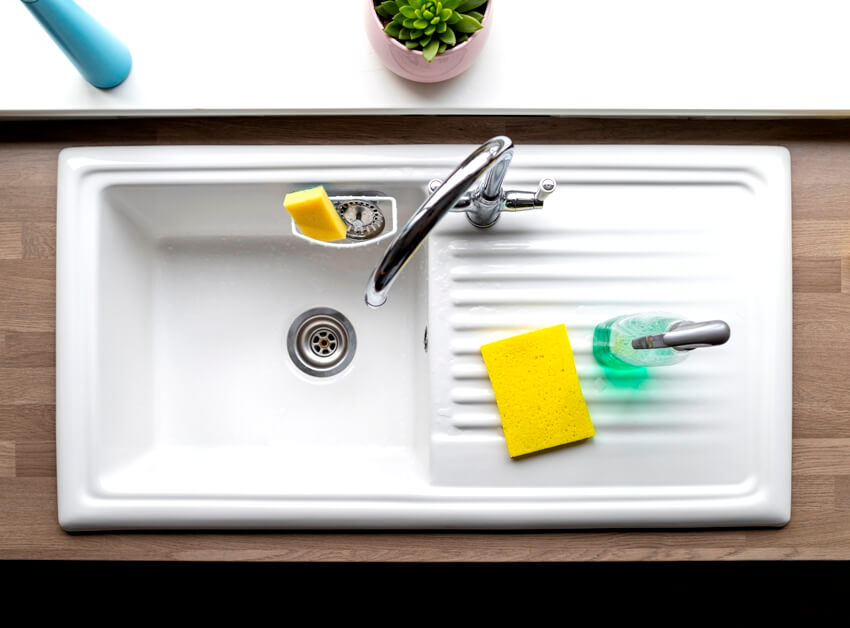
However, what exactly is a cast iron sink? Does it give a lot of benefits? What are its disadvantages? Let us know more details about cast iron sinks in this article.
What Is A Cast Iron Sink?
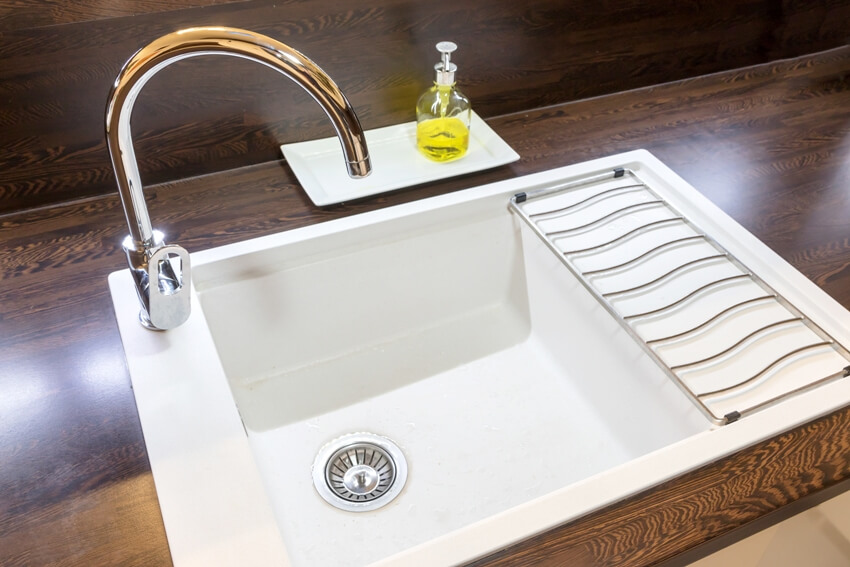
Cast iron is a durable and heavy iron composition that establishes the sink’s foundation. Some of the cast iron sinks are made out of recycled iron, making it a more eco-friendly kitchen sink option.
A cast iron sink’s surface coating is porcelain enamel. It protects the base cast iron and provides the surface with a lot more smoothness, glossiness, and added durability.
Cast-Iron Sink Pros
There are a lot of reasons why these sinks are popular, especially in high-end houses. Here are the pros of cast iron sinks:
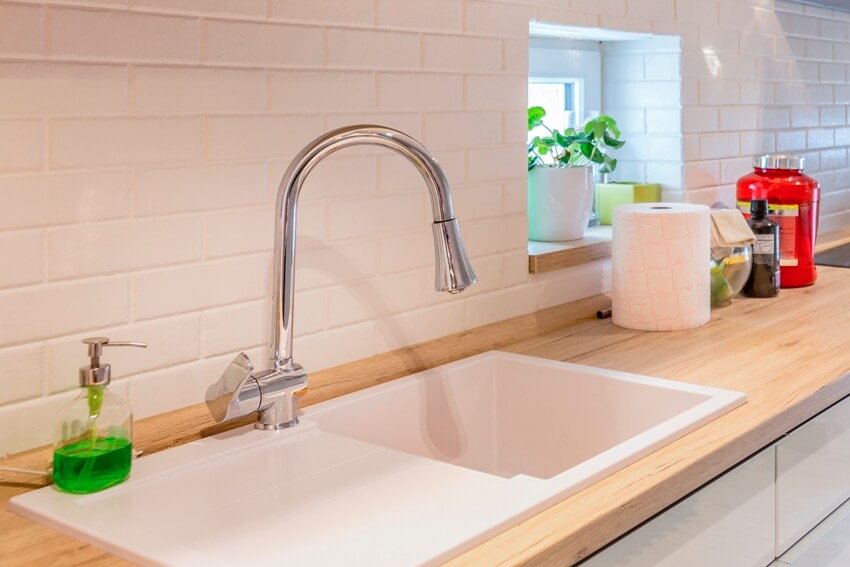
• Cast iron sinks are very easy to maintain. It can be cleaned easily because of its even and smooth surface. Wiping it using a lint-free cloth with a cleaning solution is already enough to clean grime.
• The materials used to build the sink can retain heat very well – it’s beneficial when you’re washing plenty of dishes using your hands.
• Cast iron sinks are available in a wide variety of colors and designs.
• These sinks can last for a very long time. It can also withstand harmful elements; it won’t corrode and fade out even after many years.
• Some of the cast iron sinks are eco-friendly as some of them are made out of reclaimed and recycled iron content.
• Even after many years, cast iron won’t get cracks and dents. It’s a lot more durable than stainless steel.
• The coating is made out of porcelain enamel. This means it has a super glossy finish, which adds stylishness and elegance. It adds massive value to your kitchen.
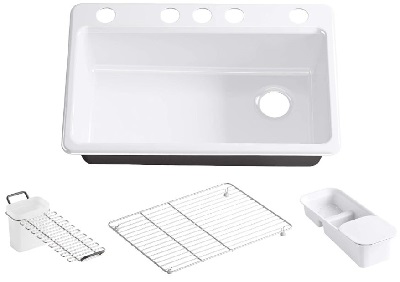
These are the reasons why many people love cast iron sinks. They’re all about durability, reliability, and elegance, in a nutshell.
But why do some people dislike this type of sink? What, then, are its disadvantages?
Cast-Iron Sinks Cons
Here are a few reasons why some people won’t prefer cast iron sinks:
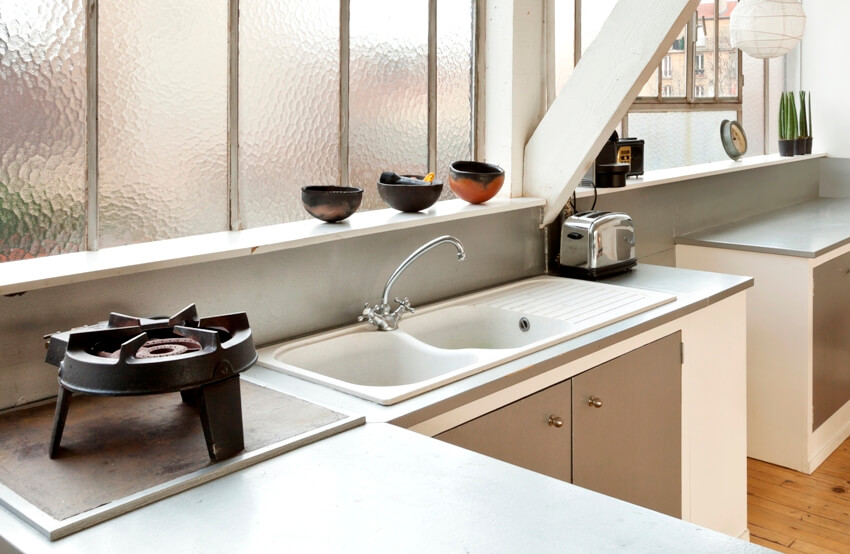
• If not handled carefully, the porcelain enamel can be scratched or chipped off. Once the cast iron gets exposed, it might become vulnerable to rust.
• It’s very heavy, so it needs well-built and solid support to hold the sink.
• Over time, the enamel will stain. Abrasive cleaning objects can scratch the glossy finish.
• Cast iron sinks are very expensive and are some of the most expensive sinks to buy and install.
Are Sinks Made From Cast-Iron Better?
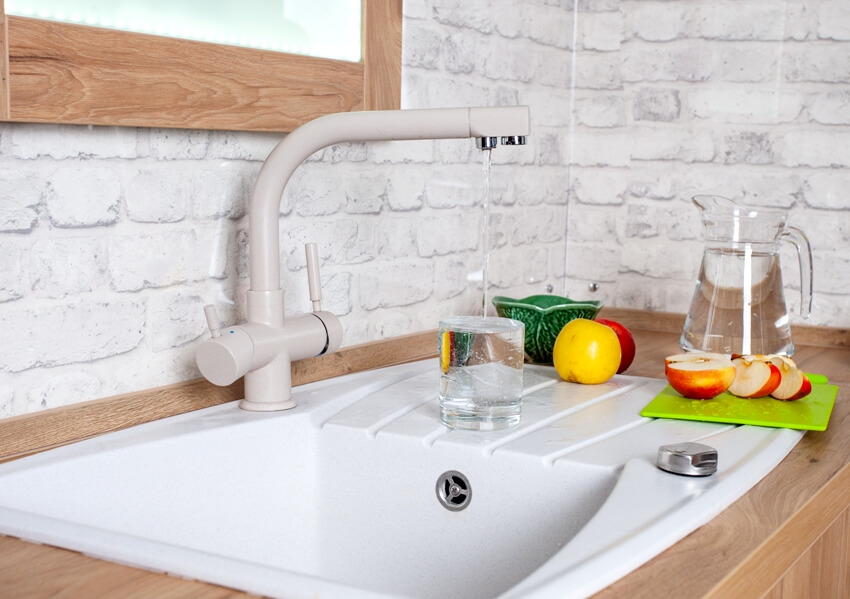
Generally speaking, cast iron sinks have many more beneficial features than any other types of sinks. They can withstand strong and harmful chemical elements and are durable enough to last many years.
Moreover, these sink’s gorgeous and smooth glossy finish gives your house a lot more value. It makes your kitchen sink so pleasing to the eye.
Besides its appearance, it’s also a good option in terms of durability. The combination of enamel and iron makes these sinks resistant to cracking and denting.
Another thing that makes cast iron sinks better than most stinks is that they are available in many colors, designs, and configurations.
Do These Sinks Scratch?
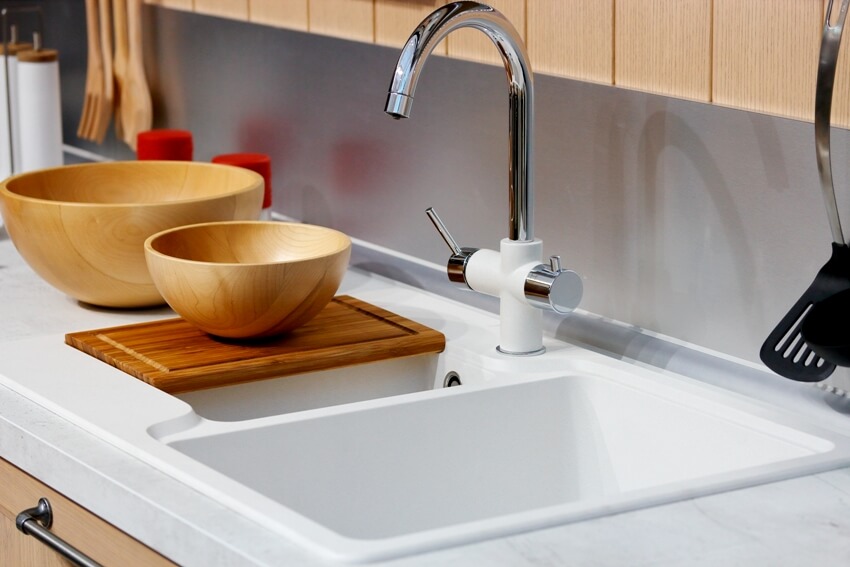
Cast iron sinks are not that prone to scratches. Scratches can be avoided if you’re persistently and cautiously taking care of them, such as cleaning them with a soft cloth or microfiber.
However, your cast iron sink will likely get scratched if you clean it using harsh cleaning materials such as steel wool, wire brushes, or the sponge’s abrasive side.
This is why it’s never advisable to clean them with these harsh cleaning objects; otherwise, the scratches will expose the base cast iron, making it prone to rusting. Even though the enamel coating can be repaired, the sink’s overall appearance might not look as elegant as before.
Are These Sinks Hard To Clean?
No. Cast iron sinks are very easy to maintain and clean. The well-polished and smooth enamel coating makes them non-porous.
You can simply clean them by following these easy steps:
- Thoroughly rinse the sink with water after every use.
- Let the sink completely dry. You can just leave it as it is since it won’t leave any ugly watermarks. However, you can also dry it by wiping the sink with a soft cloth or microfiber.
- Always clean the sink with non-abrasive cleaning materials. Never use steel wools, abrasive sponges, or wire brushes to avoid scratching.
- To remove stains, simply combine water and baking soda and apply the mixture to them.
Which Is Better: Cast-Iron Or Fireclay Sinks?
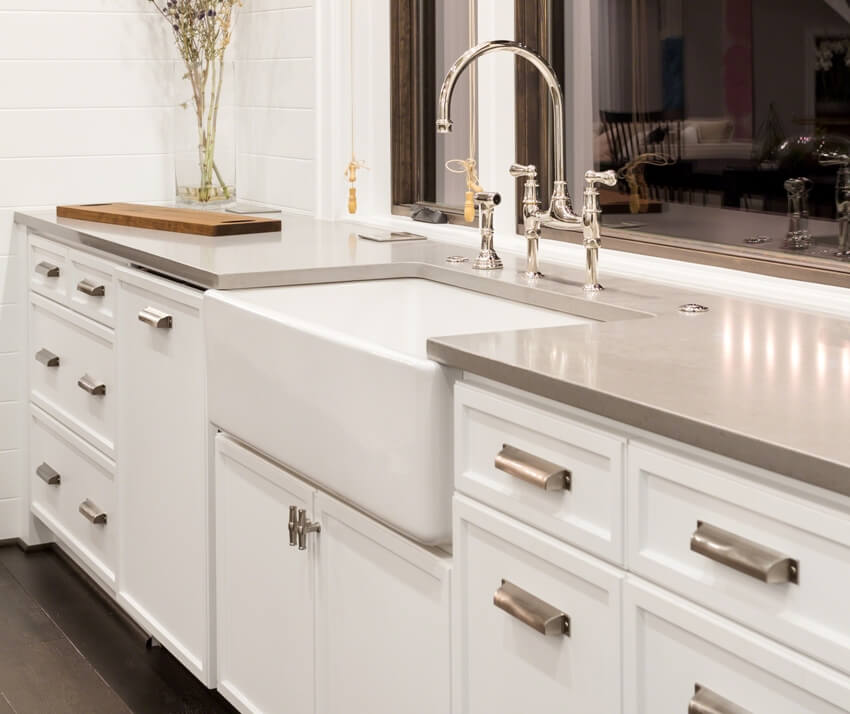
Cast iron and fireclay do have a lot in common. They’re both durable, easy to clean, beautiful, and long-lasting, and they can both withstand harsh chemicals and other elements. They’re also both vulnerable to stains.
However, although they’re both durable, a fireclay sink has its few advantages. Since it’s made out of clay-based ceramic that’s fired in a kiln at a very hot temperature and a protective glaze is fused to the clay, a fireclay sink can be more long-lasting than cast iron.
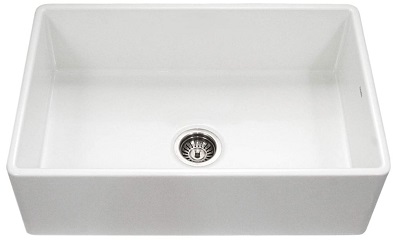
But then, the longevity of these sinks will still mostly depend on how the owner will take care of them.
In terms of weight, fireclay sinks are lighter than cast iron. Fireclay sinks are more scratch-resistant than cast iron, but they’re also more expensive than any high-grade sinks, including cast iron. But in terms of style and design, both of these sinks are quite more elegant and eye-pleasing.
We cannot conclude which one’s better between the two as they both have their own benefits and unique features. They’re also similar in numerous aspects.
Both of these sinks can be a great option, but of course, it will still depend on your needs, budget, and preferences. The final decision will be yours. See our kitchen island with sink guide for more ideas.
Why Are These Sinks So Expensive?
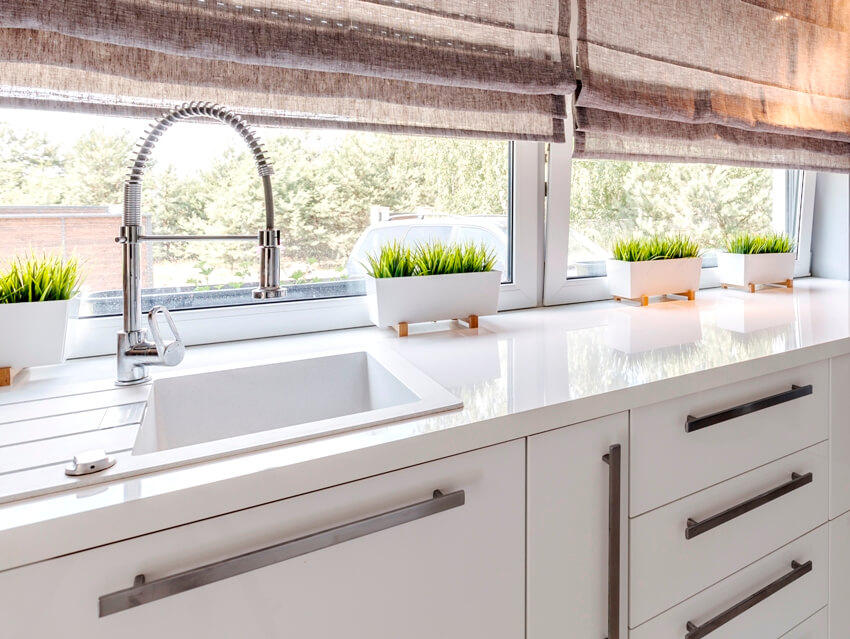
Cast iron sinks are very durable and long-lasting. They are composed of two layers – the heavy iron alloy and the thick porcelain enamel coating. The purification process of the cast iron is also done over a long time.
The materials, weight, and process of how the sink is created make cast iron sinks so expensive. Most homeowners also believe that cast iron sinks can last for a lifetime. The longevity is also what makes them expensive.
The last thing that makes it expensive is the installation process and other additional materials to install a cast iron sink successfully. Since they are made of pure and heavy materials, they will need well-constructed and robust support to hold them firmly.
See our guide on the differences between a single vs double kitchen sink for more kitchen design ideas.


